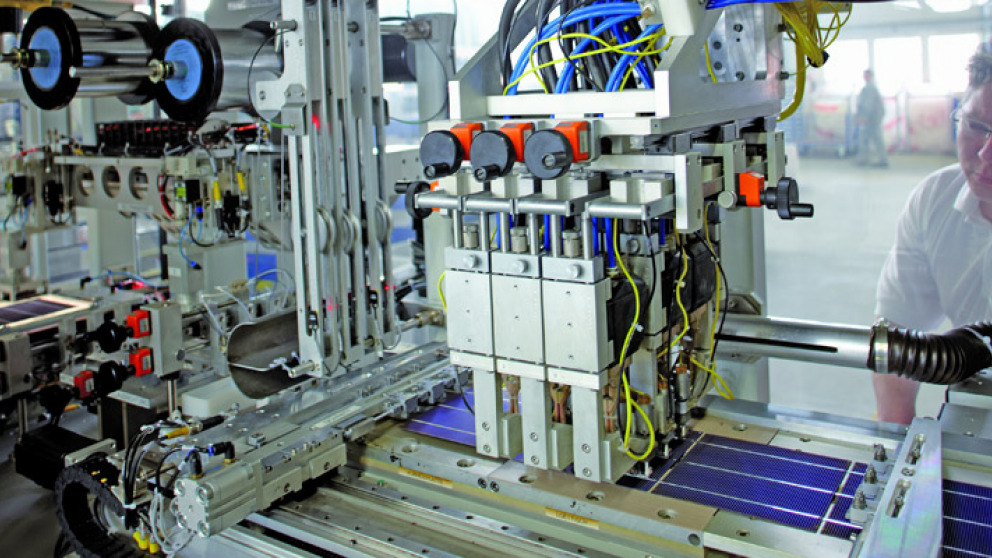Solar Energy in Germany and China: Dynamics of a Policy-Driven Market
23.02.2015

In its most recent report, the German government’s Expert Commission on Research and Innovation criticised Germany’s feed-in tariff for renewable energy and the associated costs for electricity consumers based on two central claims. Firstly, the rapid diffusion of renewable energy – so the commission argues – has no effect on the reduction of greenhouse gas emissions. Due to the cap on total greenhouse gas emissions introduced by the European Union’s Emissions Trading Scheme (EU ETS), emissions reductions in the electricity sector simply lower the need for emission reductions in other sectors covered by the EU ETS. Secondly, the report claims that the feed-in tariff has not had any additional effect on innovation in the various renewable energy technology fields.
Interestingly, many of the researchers whose work was cited in the report came out with a statement of their own, in which they challenge the above claims. Among other things, the narrow focus on patents as a measure of innovation comes in for criticism. While patents are an important indicator for certain innovative outputs, innovation is widely understood to go beyond the development of new technologies and encompasses the introduction of new products and services to the market. Even non-expert observers will acknowledge that the rapid expansion of renewable energy in Germany has led to a boom in new product and service models, ranging from multiple generations of wind turbine designs to contracting models and other financing vehicles for renewable energy technologies.
Another key weakness of the panel’s arguments, only briefly touched upon in the researchers’ statement, is their failure to consider the global dimension of the issues that are raised. Most observers would agree that in today’s globalised economy innovation cannot take place within a spatially confined area. Rather, innovation and technological change take place within global actor networks and depend on the free flow of knowledge across geographical and political boundaries. This is no different in the renewable energy sector, where China in particular has rapidly entered the global playing field.
In my recently published article “Dynamics of a policy-driven market: the co-evolution of technological innovation systems in solar photovoltaics (PV) in Germany and China” (a longer version is freely accessible here) I take on the task of unpacking these global processes of innovation and technological change. Focusing on Germany and China, the article provides new insights into how developments in these countries have mutually reinforced each other in the formation of a global market for solar energy. Taking a dynamic perspective on innovation and technological change, I analyse how the German feed-in tariff triggered a process of industrial development and innovation in China – and how this in turn helped to accelerate developments in Germany. Among other things, the article sheds light on how Chinese entrepreneurs and their links to cutting-edge research centres across the globe have driven important cost-reducing process innovations. Coupled with their rapid investments to scale up production capacity, this enabled the reductions in PV module prices that were needed for the large-scale deployment of solar energy – initially in Germany but ultimately also in China. In 2014 newly installed capacity in China reached over 10 GW, while Germany installed less than 2 GW. The rapid deployment of solar energy in China and other countries around the world may yet turn out to be a key to reducing global greenhouse emissions – with no additional cost to German consumers.
Photo: BSW-Solar/aleo
